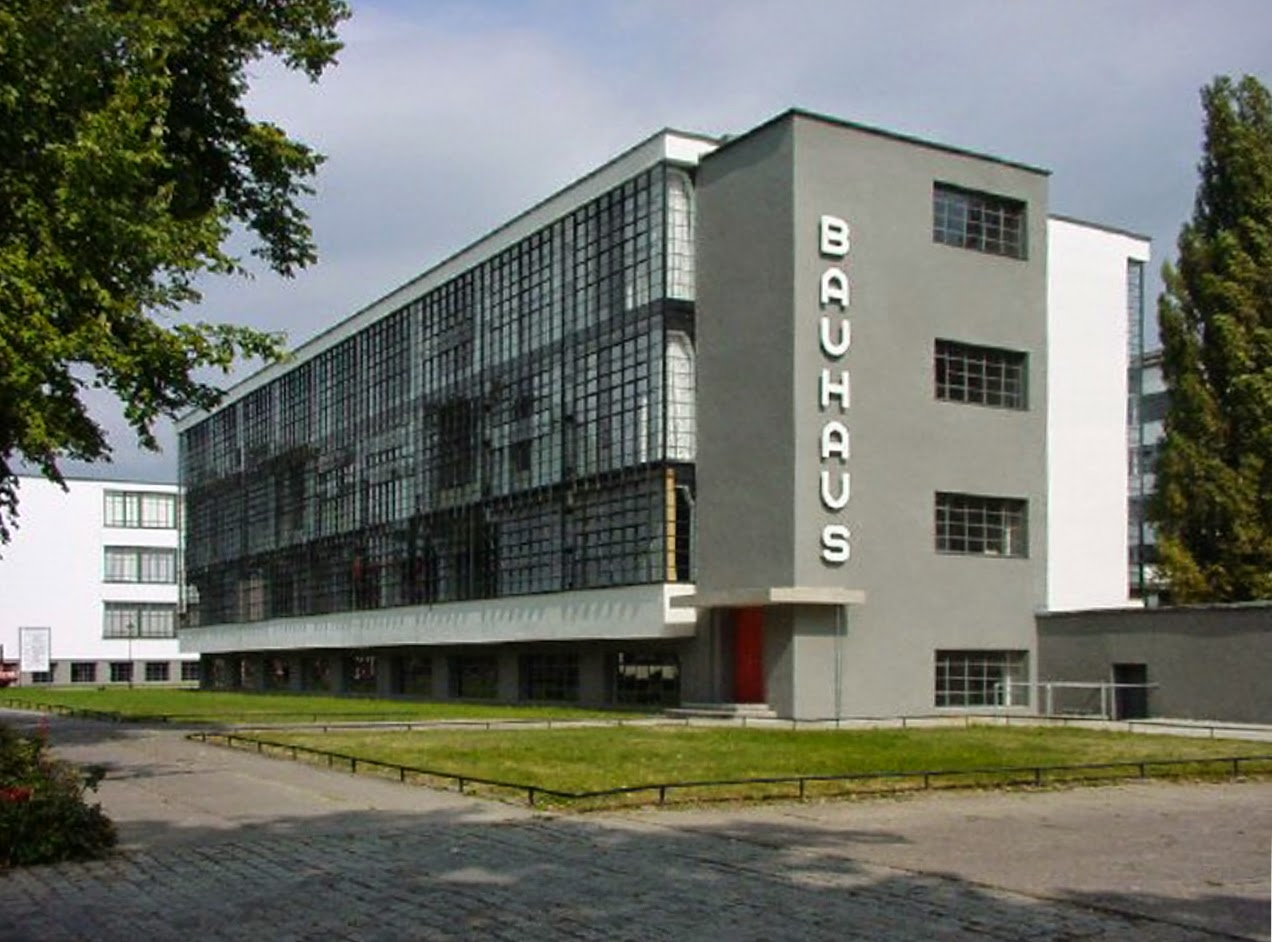One of the main designers of this period was Louis I. Kahn. He was an American architect from Philadelphia and one of the most influential architects of the 20th century. Some of his main projects were the New Capital of Bangladesh, the Kimbell Art Museum and the National Parliament House. One of the main things I noticed in his work was the use of natural light. He was very concerned with how it revealed form and set the tone of the interior space. All of his buildings allow a lot of natural light through creating nice form within the space.
Another architect during this time was Richard Meier. One of his main pieces of work was the Getty Center in Los Angeles, California which I actually have been to! The architecture is phenomenal and is created of mainly travertine limestone all imported from Tivoli.
One more architect I wanted to talk about was Frank Gehry. He designed multiple buildings that I find very fascinating. He is the most well known Deconstructivist. He designed the Gehry House in LA, the Vitra Museum in Germany, and the American Center in Paris. While we were going through his work in class, I noticed the Guggenheim Museum looked a lot like the Disney Music Hall I visited in Los Angeles. Sure enough, he designed that as well!
To the left is the Disney Concert Hall and to the right is the Guggenheim Museum. Notice how similar they look and how well thought out they were designed.
Since I was really focused on the architecture for this period here are some current applications of contemporary design exteriors:
Current Applications:
Extra Video Source:
This video shows some great examples of contemporary interiors!
Reviews: I looked at Rachael's blog and I loved her current applications. I thought they reflected the contemporary style very well and they were interesting to look at. I also liked Natalie's blog because she explained the style in detail. Her history of it really helped me understand it more.


















.jpg)



























